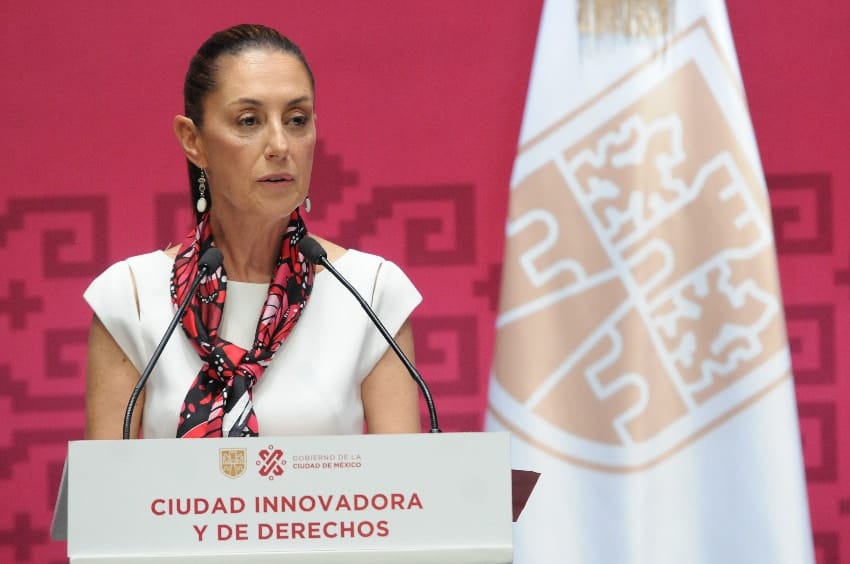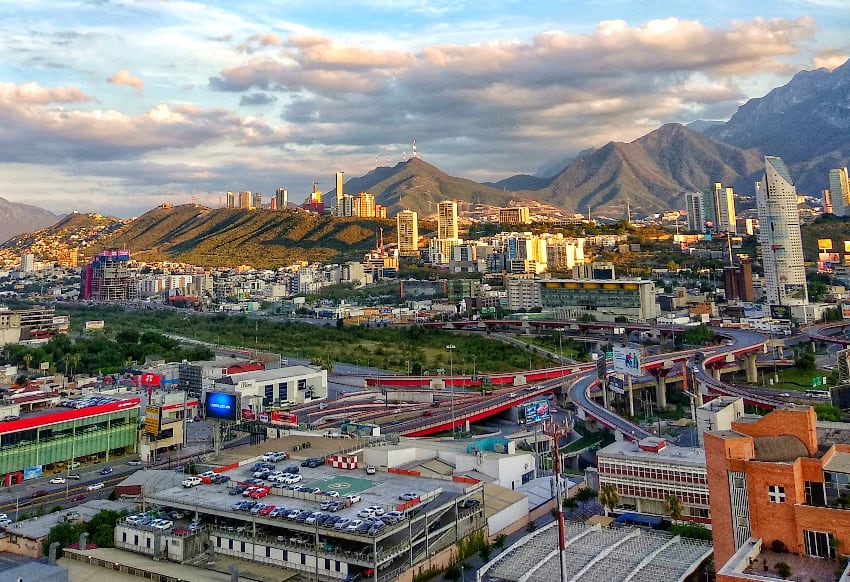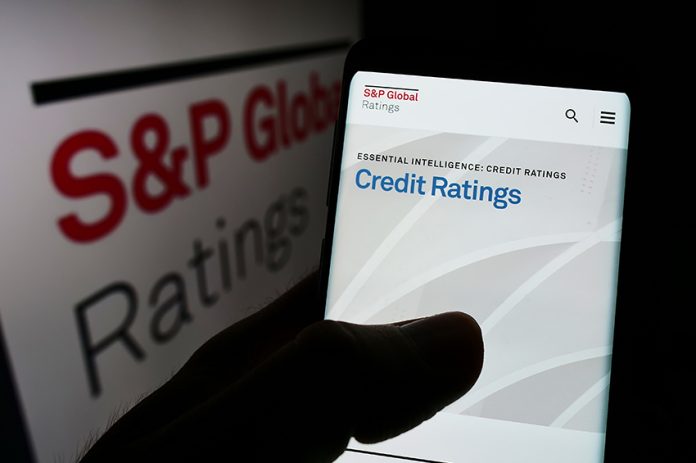S & P Global Ratings, one of the “big three” credit rating agencies, believes that “cautious macroeconomic policy” will continue in Mexico regardless of who wins the June 2 elections, but anticipates that the country’s economic growth will be below that of its “peers” in the coming years.
Late last week, S & P affirmed its BBB long-term foreign currency and BBB+ long-term local currency sovereign credit ratings for Mexico. “The outlook remains stable,” the agency added in an article.
The affirmation of the BBB and BBB+ ratings allows Mexico to maintain “investment grade” status as it is deemed as having adequate capacity to meet its financial commitments.
S & P said that “the stable outlook reflects our expectation that cautious macroeconomic management will prevail over the next two years, notwithstanding complex global conditions.”
“This horizon includes the run-up to June’s national elections, the presidential transition period, and the start of the next administration. Our base case assumes that whatever the outcome of June’s elections, the next government will extend Mexico’s record of cautious macroeconomic policy execution, including prudent monetary policy and a return to low fiscal deficits,” the New York-based agency said.
“We do not expect advancement of major policy initiatives that either improve or hurt Mexico’s business climate — or affect trend economic growth — amid the elections in the U.S. and Mexico this year.”

Recent poll results indicate that ruling Morena party candidate Claudia Sheinbaum will win the June 2 presidential election and succeed President Andrés Manuel López Obrador this October, and that Morena will be the dominant party in the next Congress.
Downside and upside scenarios
S & P said that “the credibility of Mexico’s independent central bank … and its ability to pursue an inflation-targeting monetary policy in the face of challenging circumstances” as well as Mexico’s “solid external position” were key factors in its assessment of economic conditions in the country and consequent decision to affirm its prevailing ratings.
Moving forward, “unexpected setbacks in macroeconomic management” or in relations between the USMCA partners “on strengthening cooperation, supply-chain resilience, and cross-border linkages would likely weaken investor sentiment and investment and could lead to a [credit rating] downgrade over the next two years,” the agency said.
It also said that “persistently higher general government deficits that lead to a sharper-than-expected rise in general government debt would heighten fiscal risks … and could also lead to a downgrade.”
Conversely, “effective political and economic management that bolsters Mexico’s subpar growth trajectory, such as with a more dynamic investment outlook, could lead to an upgrade,” S & P said.
Similarly, initiatives that “bolster budgetary flexibility, support fiscal buffers, and broaden the non-oil tax base to mitigate the potential contingent liability posed by state-owned companies in the energy sector would improve creditworthiness,” the agency added.
Growth outlook
S & P estimated that economic growth remained above 3% last year (preliminary data showed a 3.1% expansion), but forecast that “it will slow to an average 2.2% in 2024-2027.”
Such growth would put Mexico’s per capita GDP at about US $14,700 on average in 2024-2027, the agency said.

“We expect real per capita GDP growth to remain below that of peers with a similar level of economic development in 2024-2027,” it said.
S & P said that the anticipated slowdown in 2024 “stems from global and U.S. conditions, with growth higher in the first part of the year as the government finishes flagship projects,” such as the Maya Train railroad and the Isthmus of Tehuantepec trade corridor project.
“We do foresee continued solid consumption, supported by employment gains and remittances and manufactured goods exports. Investment, however, after a jump in 2023, is likely to slow as some projects conclude and the policy priorities of the next administration remain uncertain,” it said.
While foreign companies made announcements last year in which they committed to invest more than US $100 billion in Mexico, “prospects for nearshoring to bolster trend growth have yet to be realized,” S & P said.
It highlighted a range of challenges that will need to be overcome in order for the nearshoring phenomenon to enable “higher trend growth.”
Those mentioned were “energy and water security, infrastructure needs, qualified labor, and rule of law.”
S & P said that “lingering negative private-sector sentiment toward some of the current administration’s policies, particularly those in the energy sector, have limited upside.”
President López Obrador has remained committed to his nationalistic energy policies — including strong support for the Federal Electricity Commission (CFE) and the state oil company Pemex — despite both the United States and Canada filing challenges against them under USMCA in 2022.
S & P said that the way in which current policies “evolve under the next government will be key to realizing upside from nearshoring or ‘friend-shoring’ opportunities” created by Mexico’s proximity to the United States and competitive labor costs, among other factors.

Looking back, S & P said that despite “cautious macroeconomic management” in recent decades, Mexico “has not enjoyed as much economic dynamism as other emerging markets.”
Both Sheinbaum and Xóchitl Gálvez, presidential candidate for the PAN-PRI-PRD opposition alliance have spoken with optimism about Mexico’s nearshoring opportunity, while Nuevo León Governor Samuel García — who for a brief period was planning on contesting the 2024 presidential election — said last year that the relocation of foreign companies to Mexico could spur annual economic growth of up to 10%.
The government responds to S & P’s latest ratings
The Ministry of Finance and Public Credit (SHCP) said in a statement that the rating agency’s “ratification” of its investment grade sovereign rating “will allow the country to continue with favorable access to national and international markets.”
The SCHP added that it “maintains its commitment” to stability in finances and the management of public debt.
Deputy Finance Minster Gabriel Yorio noted on social media that Mexico currently has investment grade ratings “with a stable outlook with the eight ratings agencies” that assess the country.
Mexico News Daily
